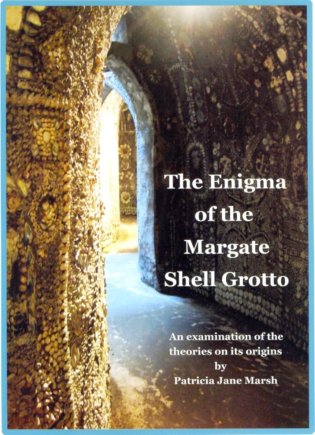Intriguing: ‘to arouse the curiosity or interest of by unusual, new, or otherwise fascinating or compelling qualities’
I’ve written about things that intrigue me before.
 In What Pleases The Human Eye, I wrote about my fascination with certain mathematical shapes, and how I find the fact that we humans find certain shapes pleasing to the eye (even when there seems no good evolutionary reason why) even more intriguing. Plus of course historical mysteries like The Shell Grotto in Margate, which I wrote about in A is for Amazing.
In What Pleases The Human Eye, I wrote about my fascination with certain mathematical shapes, and how I find the fact that we humans find certain shapes pleasing to the eye (even when there seems no good evolutionary reason why) even more intriguing. Plus of course historical mysteries like The Shell Grotto in Margate, which I wrote about in A is for Amazing.
Then there’s this fact: no.1 of the 7 ‘Things You Never Knew About Me‘, which I wrote as part of a blog chain:
- I’ve no idea who one of my great-grandfathers was. His name is missing from my late grandmother’s birth certificate, whilst the man her marriage certificate names as her father has the same surname as her mother’s maiden name…This is either a)fake b)a coincidence, because the surname is very common d)suggests incest as it is the name of a fairly close family member. a) is most likely.
That’s pretty intriguing. I’ve had help from the local archivist, too. No luck. I’ll probably never know who my great-grandfather was.
What else do I find intriguing? Anthropology. Human evolution, which I even studied it at degree level for a while. Some of the earliest hominid fossils discovered look nothing like each other, yet both have features that indicate they’re possibly our ancestors. You can discover more about this here on the Smithsonian site. How can that be? So much for the missing link…
Other things that have ‘fascinating or compelling’ qualities for me are Jonathan Creek (not th e last mini series though; what was going on there?!) and the new Sherlock Holmes. I like a good mystery with twists and turns. And Jodi Picoult novels (oooh, she’s so good).
e last mini series though; what was going on there?!) and the new Sherlock Holmes. I like a good mystery with twists and turns. And Jodi Picoult novels (oooh, she’s so good).
I love letters, postcards and diaries from the past too – I sometimes get my fix from the brilliant website Letters of Note. And finally, I’m constantly intrigued by the plethora of facts, references and articles offered to my tiny little brain via the marvellous skills of the Qi Elves (via Twitter and on the website – you can find out more about the Elves themselves here) and Maria Popova’s fabulous Brain Pickings website.
In fact, I may not be intriguing, but I’m pretty darn intrigued on a daily basis. So there.




